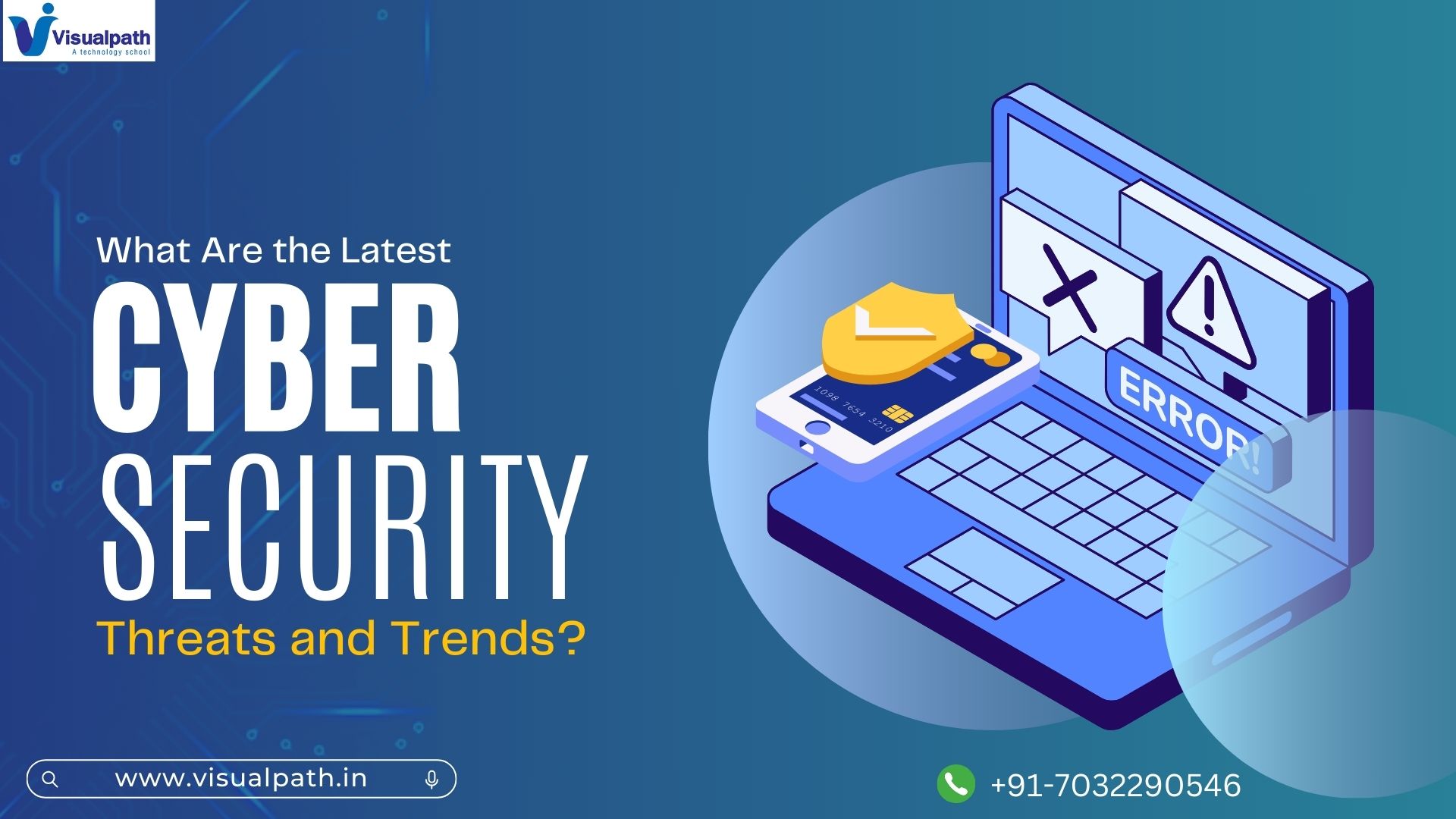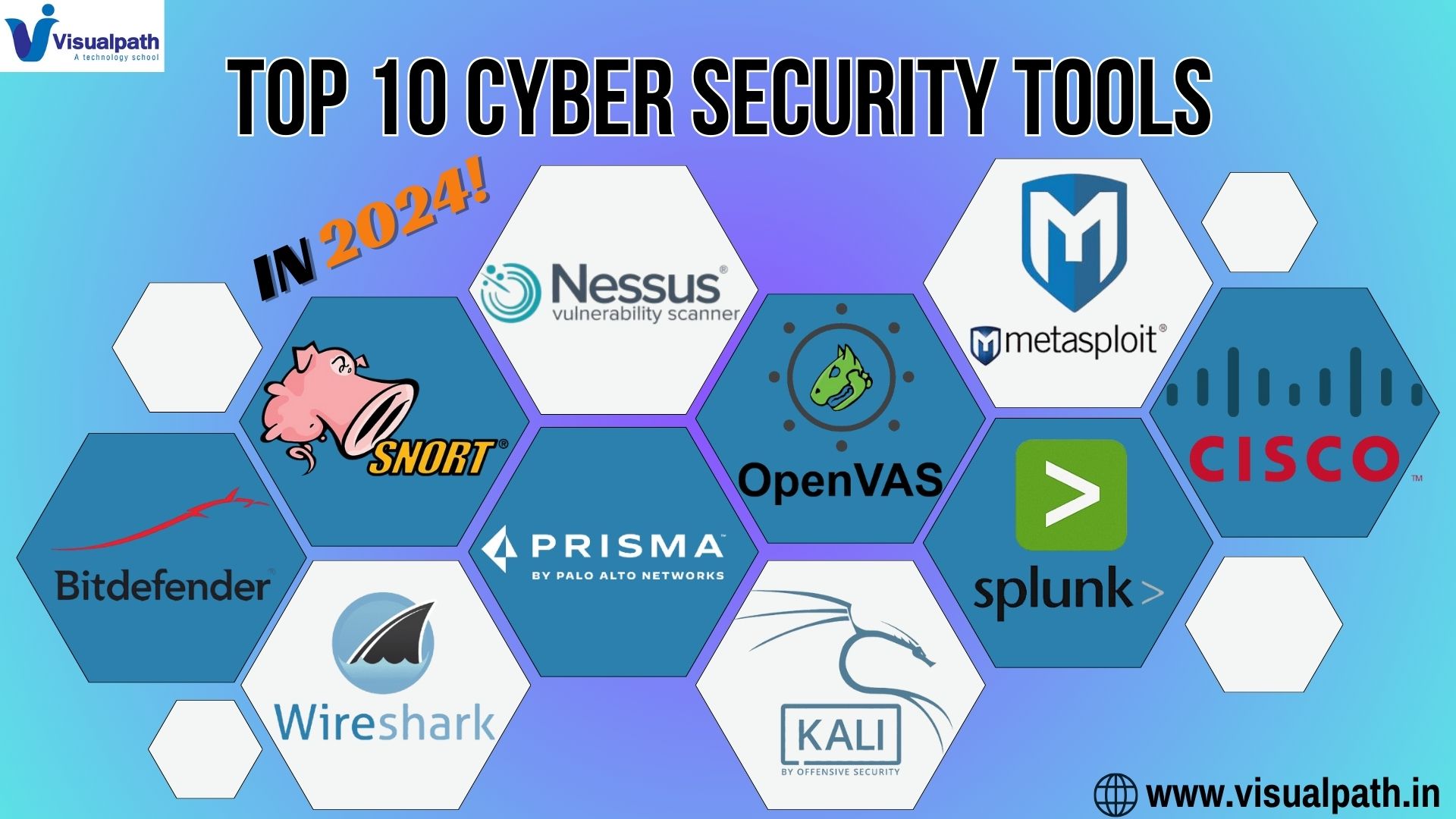Cybersecurity threats are keeping pace—becoming more sophisticated, aggressive, and widespread. The year 2025 is already shaping up to be one of the most challenging for cybersecurity professionals, with new forms of digital attacks emerging alongside persistent old ones. Whether you’re an individual user, a small business owner, or part of a large enterprise, understanding these threats is critical to protecting your data, privacy, and infrastructure. So, what are the most pressing cybersecurity threats you should be aware of in 2025?
Body Header: Top Cybersecurity Threats in 2025
1. AI-Powered Phishing Attacks
Phishing is nothing new, but in 2025, cybercriminals are leveraging artificial intelligence to create hyper-personalized phishing campaigns. These attacks use data scraped from social media and public databases to craft believable emails, texts, or voice messages that are almost indistinguishable from real communications. AI chatbots can now mimic human speech patterns, increasing the likelihood that targets will fall for scams. Cyber Security Course Online
2. Deepfake-Based Social Engineering
Deepfake technology has reached a point where fake videos or audio recordings of CEOs, public figures, or even family members can be used to manipulate individuals. Imagine receiving a video message from your “boss” asking for a financial transfer—it looks and sounds real but is actually a well-executed deception. This makes traditional verification methods like voice or video calls increasingly unreliable.
3. Ransomware-as-a-Service (RaaS)
Ransomware continues to be a dominant threat, but the rise of Ransomware-as-a-Service has lowered the barrier to entry for cybercriminals. Now, even individuals with limited technical knowledge can purchase ready-made ransomware toolkits and launch attacks. In 2025, these attacks have become more targeted, often focusing on critical infrastructure, hospitals, and educational institutions. Cyber Security Online Training
4. Cloud Security Breaches
As businesses move more of their operations to the Cloud, attackers are shifting their focus accordingly. Misconfigured cloud storage, weak access controls, and insufficient monitoring create vulnerabilities. Attackers often exploit these gaps to gain access to sensitive information or even disrupt services on a large scale.
5. IoT and Smart Device Exploits
The explosion of Internet of Things (IoT) devices—from smart thermostats to wearable tech—has introduced new entry points for cyber threats. Many of these devices lack basic security features and go unpatched for long periods, making them attractive targets. Once compromised, they can be used as gateways into broader networks or even as part of botnets for distributed attacks.
6. Quantum Computing Threats
Although still in the early stages, quantum computing poses a long-term risk to current encryption standards. In 2025, there is growing concern that state-sponsored actors may already be storing encrypted data to decrypt it once quantum capabilities mature.
7. Insider Threats
With more organizations adopting hybrid and remote work models, insider threats—both malicious and accidental—are on the rise. Employees may unintentionally expose sensitive information through poor cybersecurity practices, while disgruntled workers may deliberately cause harm or sell access to third parties.
Conclusion
Cybersecurity in 2025 demands a proactive, layered approach that addresses not just traditional threats but also the rapidly evolving tactics of cybercriminals. From AI-driven phishing schemes to the looming risk of quantum computing, the digital landscape is fraught with challenges that require vigilance, education, and robust security frameworks.
The good news. By staying informed about these emerging threats and implementing best practices—like multi-factor authentication, regular system updates, and employee training—you can significantly reduce your risk of falling victim
Trending Courses: Salesforce Marketing Cloud, GCP Data Engineer Training, Gen AI for DevOps




